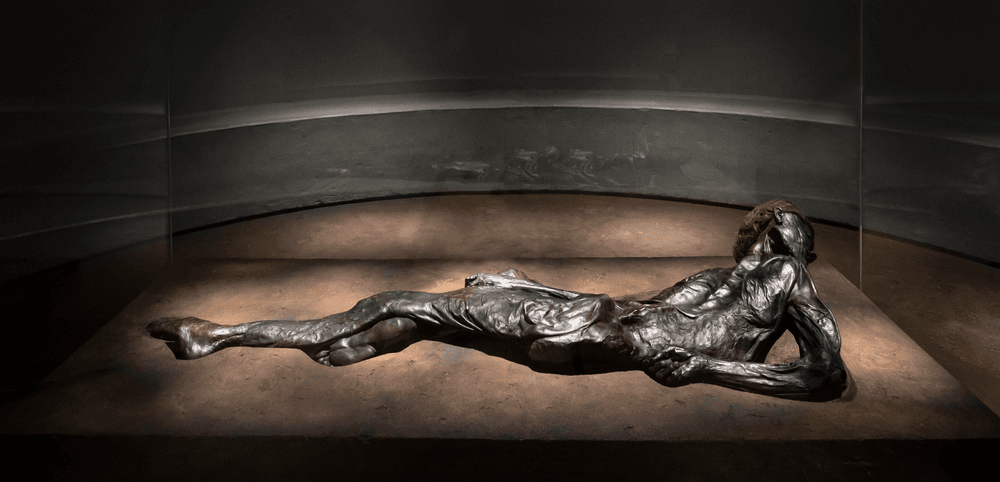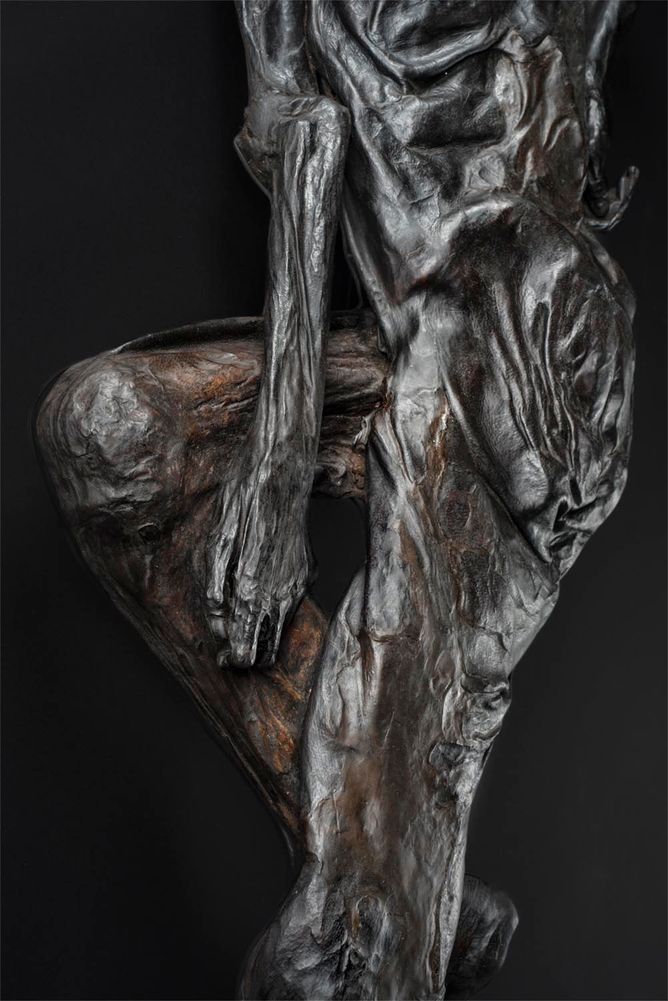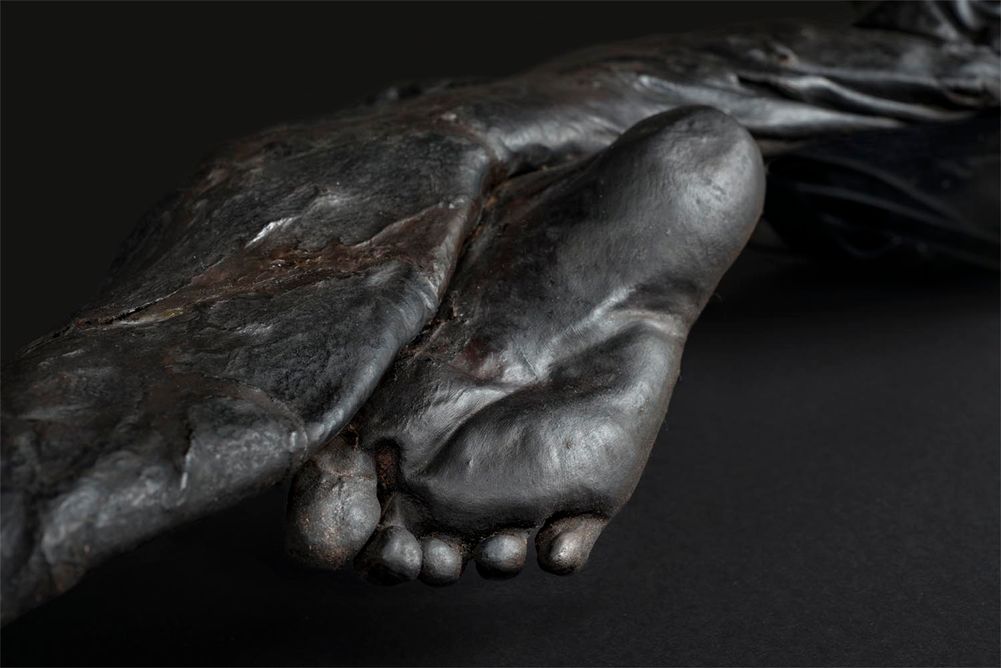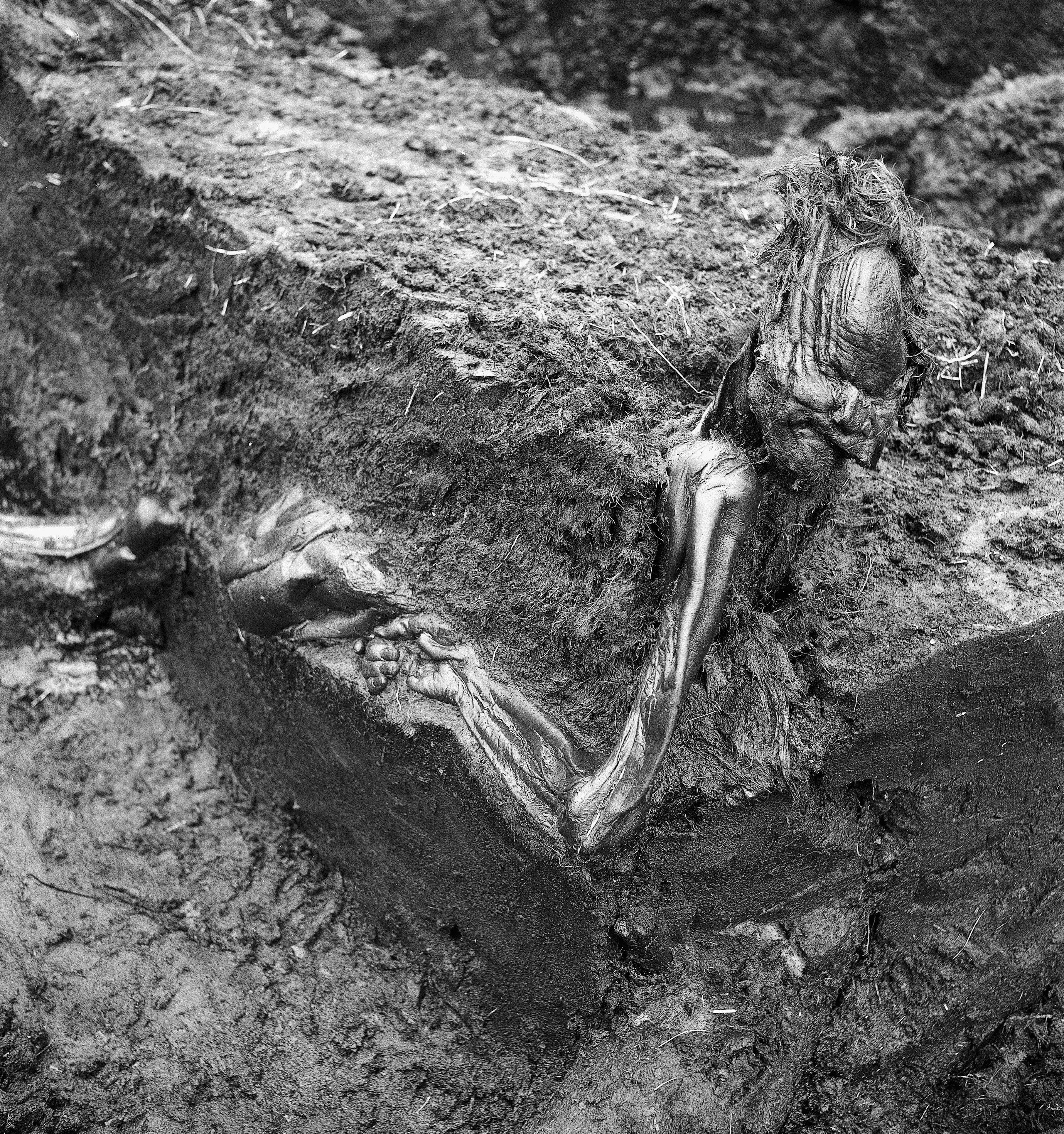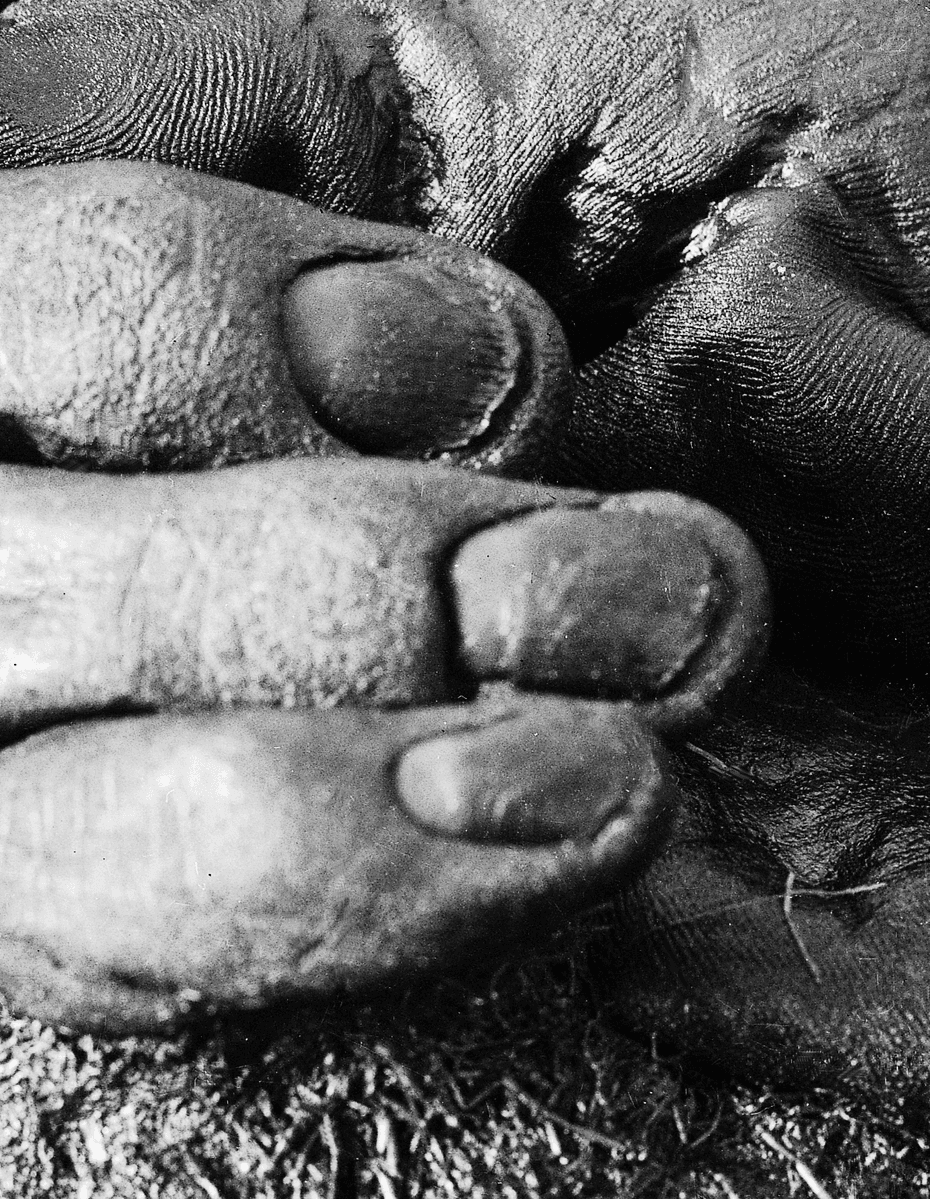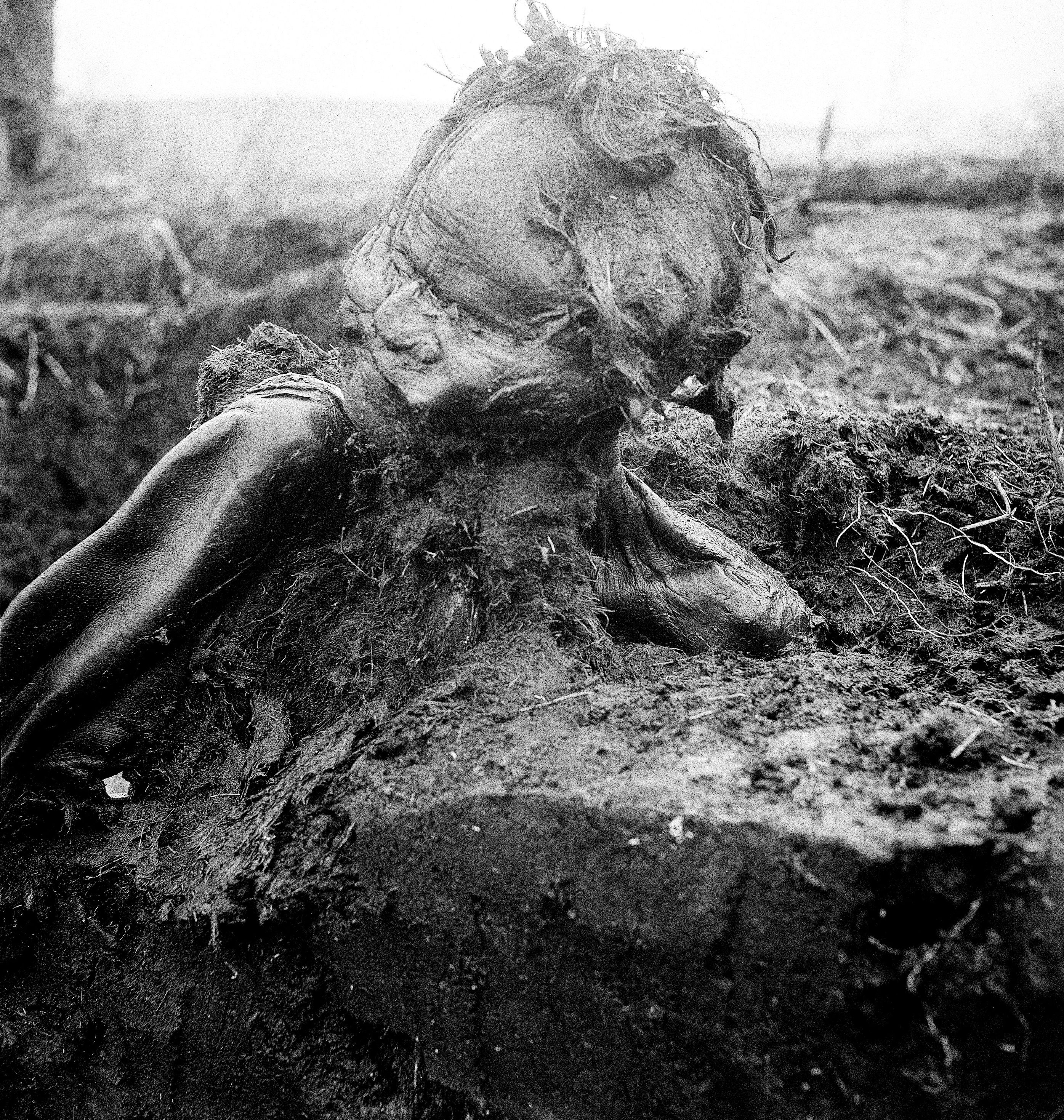ICONIC WORLD-CLASS FIND
GRAUBALLE MAN
Iconic world-class find
The Grauballe Man is the world’s best-preserved bog body. He is not only one of the most spectacular discoveries from Denmark’s Iron Age – he is a world-class archaeological find. But who was the Grauballe Man? How did he end up in the bog? And why is it such a special experience, for both young and old, to stand face to face with this well-preserved human being from the past?
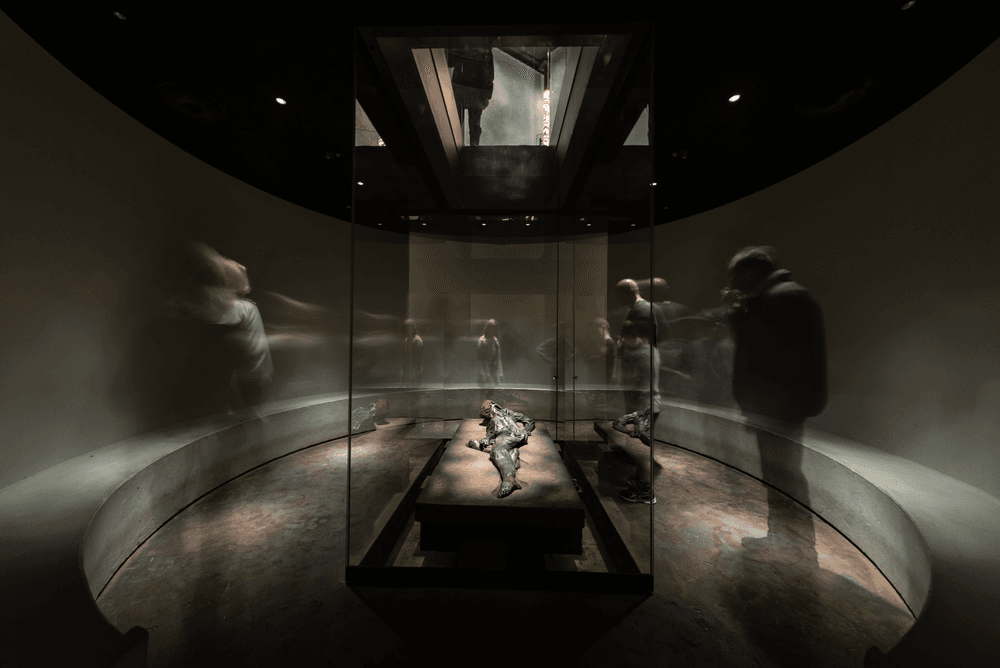
Long story short
• The world’s best-preserved bog body from the Iron Age
• Discovered in Nebelgaard Bog, Denmark, in 1952
• Lived around 390 BC
• Died by execution
• Named 'Grauballe Man' by professor P. V. Glob
• Today, the Grauballe Man rests at Moesgaard
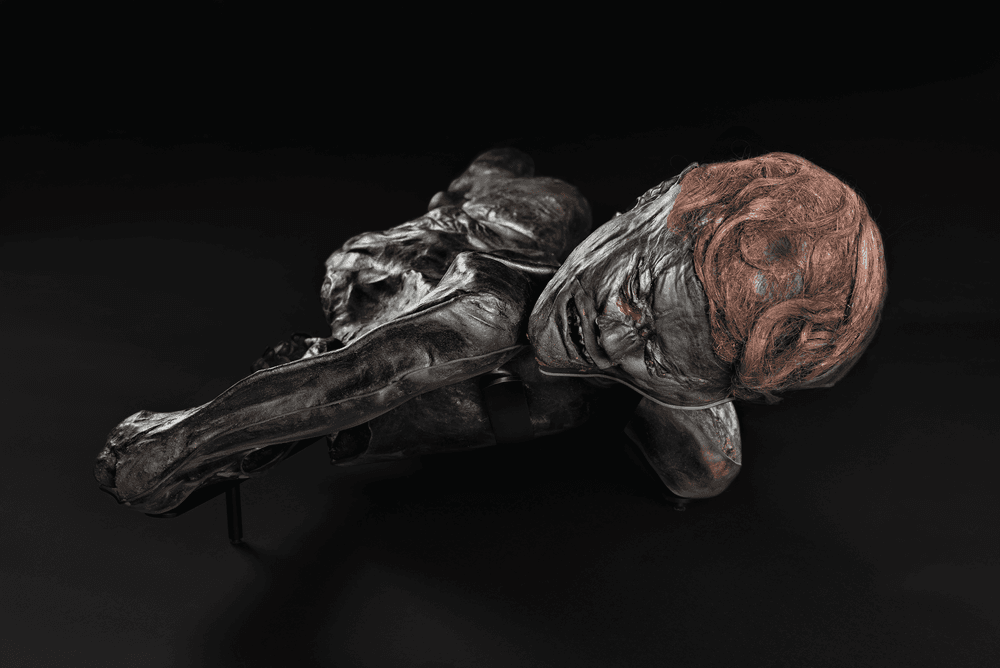
Meet the Grauballe Man
The Grauballe Man rests in the Iron Age exhibition at Moesgaard. When you step into the Iron Age, you’ll find a mysterious peat bog — deep down in the peat rests a human being: the Grauballe Man.
There is something truly extraordinary about meeting him. He lies alone in a quiet, almost sacred space — just as he did in the bog for more than two thousand years. As you enter the room, a natural calm descends. The silence invites reflection. Here, you encounter not only the world’s best-preserved bog body, but also a person who once walked the earth. Children and adults alike pause to wonder, face to face with a man from another age.
You can’t help but ask: Who are you? What is your story?
And in the quiet space between past and present, you begin to wonder — was the question meant for him, or for yourself?

The history of the Grauballe Man is the tale of an Iron Age life that ended so suddenly and violently in a small bog hollow more than 2,000 years ago.
An extraordinary discovery
On Saturday, 26 April 1952, peat cutter Tage Busk Sørensen came across a tuft of red hair in Nebelgaard Bog, south of the village of Grauballe. But there was more than just hair – there was a human body in the ground. At first, Tage Busk thought he had found the local man known as “Red Kristian”, who had disappeared a few years earlier. However, Professor P. V. Glob from the Prehistoric Museum in Aarhus was nonetheless called out to examine the find. It turned out that the bog body was incredibly well preserved – a man with skin, hair, nails, teeth, and facial features still intact.
P. V. Glob described his first encounter with the body: “A great crowd of people was assembled around a human head, dark in complexion and with short-cropped hair that stuck up from the brown peat mass.” The spectacular discovery quickly attracted attention from both Danish and international media.
P. V. Glob gave the bog body the name 'Grauballe Man' – reportedly because it sounded better than 'Nebelgaard Man.' The Grauballe Man aroused enormous interest among the Danish public, who were eager to see the remarkably well-preserved body from the bog.

The world’s best-preserved bog body
We don’t know the Grauballe Man’s real name, but we do know quite a lot about what he looked like in life.
The red hair is striking – and it really is his own. When he was alive, it was probably blond or dark in colour; the reddish tint developed after 2,000 years in the bog. His feet show no cuts or scars, suggesting that he usually wore shoes. He lived sometime between 400 and 200 BC – most likely around 390 BC. Standing between 165 and 170 centimetres tall, he was relatively healthy when he died. His teeth, however, were in poor condition, and he suffered from an abscess. They also reveal that he experienced malnutrition or a serious illness at the age of two or three.
In many ways, the Grauballe Man was a typical man of Iron Age Denmark – yet a sense of mystery still surrounds him. How could he have remained so well preserved in a bog for 2,000 years – and why did he end up there?

The mystery of the Grauballe Man
One big question about the Grauballe Man will probably never be answered: Why did he have to die?
Since his discovery in 1952, several theories have been put forward to explain why the Grauballe Man was executed and placed in the bog. Perhaps it was punishment for a crime – but there is also another, more likely explanation. Across much of northern and central Europe, Celtic culture in the Iron Age practised human sacrifice to appease the gods and seek their protection. Maybe these Celtic rituals reached what is now Denmark, or perhaps the people here had developed their own traditions.
Was the Grauballe Man sacrificed to the gods?
The Grauballe Man was 34 years old when he died – but it was not a natural death. He was executed. Extensive forensic examinations have shown that his right shin was broken shortly before the execution, and that his throat was then cut, with the wound visible just beneath the jawbone. After the execution, his body was laid in the bog.
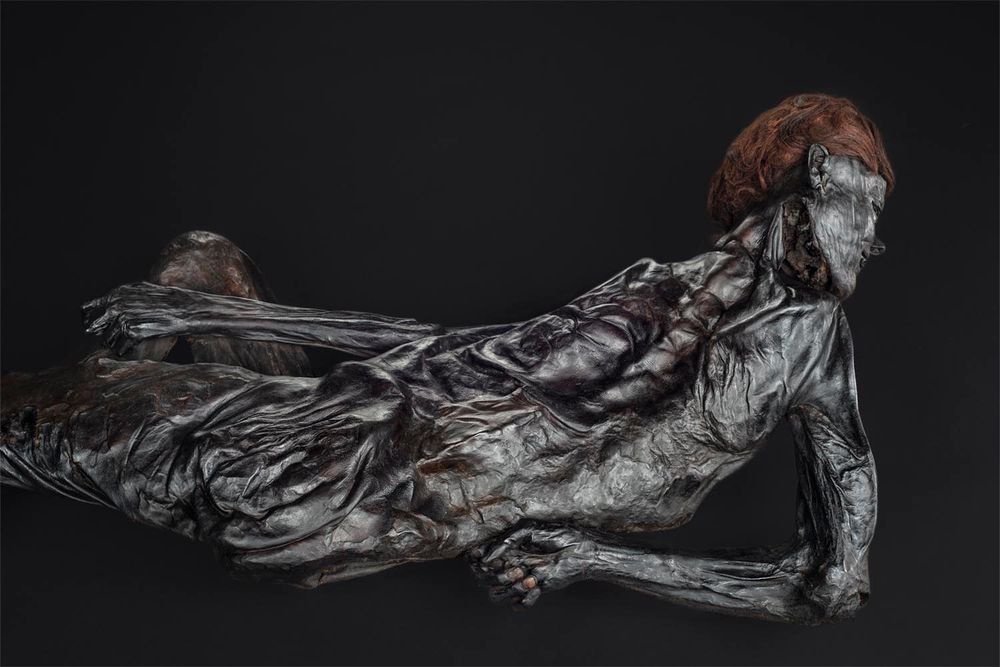
The magic of the bog
Peat bogs are truly special places. They are acidic and low in oxygen. Normally, bacteria and fungi break down dead tissue from humans and animals, but the chemical conditions in the bog make it difficult for such decomposing microorganisms to survive. Time almost stands still in the depths of the bog. As a result, layers of peat can preserve people, animals, and plants from the distant past.
In that sense, bogs are magical – little time capsules where the past can remain intact for thousands of years. They help us tell and understand the story of humankind – and the Grauballe Man is remarkable proof of that.
Today, most bogs have dried out or disappeared due to peat cutting, but in the Iron Age, bogs and wetlands covered around 25% of the landscape in north-western Europe. More than 2,000 years ago, bogs were seen as magical places – portals to the world of the gods.
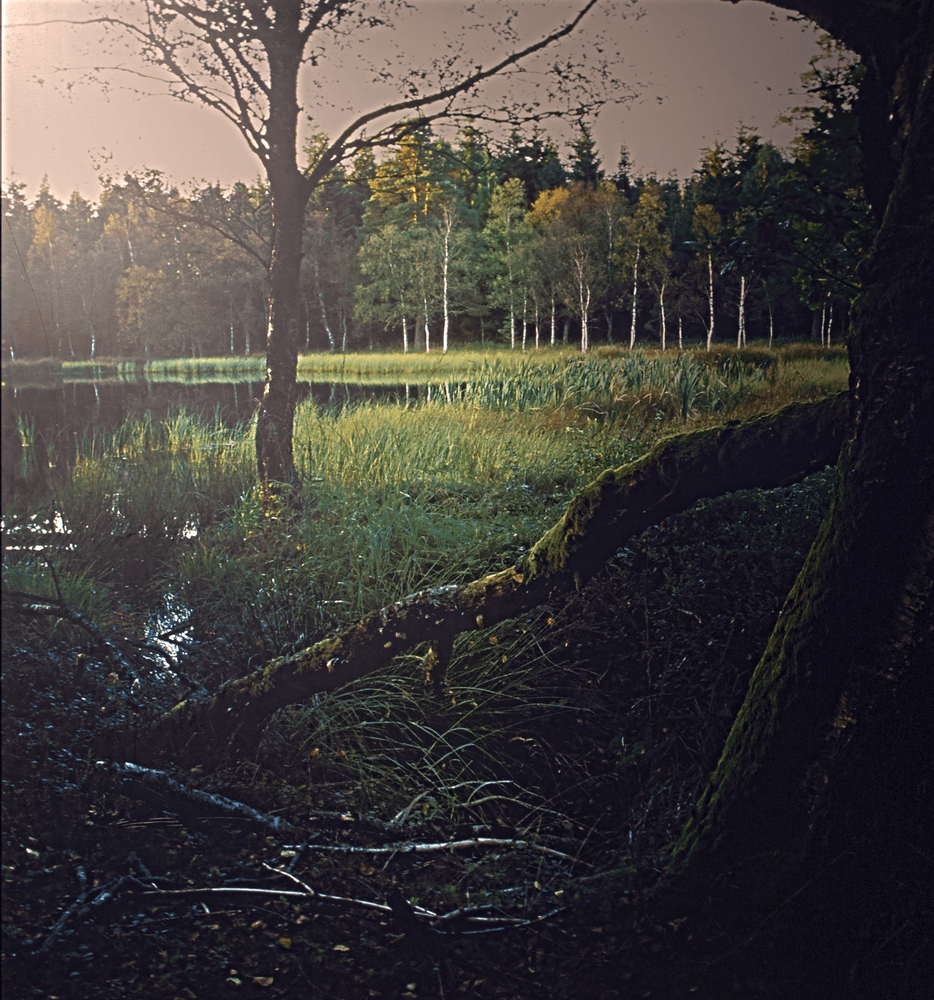
A sacrifice to the goddess of fertility?
An autopsy of the Grauballe Man allowed researchers to identify his final meal. The contents of his stomach were so well preserved that we know what he ate before his death more than 2,000 years ago.
Analyses revealed seeds from 70 different plant species, grains, and fragments of pig bone – along with a spoonful of quartz grit. The mixture contained plants and grains from the entire agricultural year. People in the Iron Age ate a great deal of meat, which makes it remarkable that the Grauballe Man – like several other bog bodies – had a meal consisting mainly of crops from the whole farming cycle before his execution.
The final meal suggests that the Grauballe Man was sacrificed to the goddess of fertility.
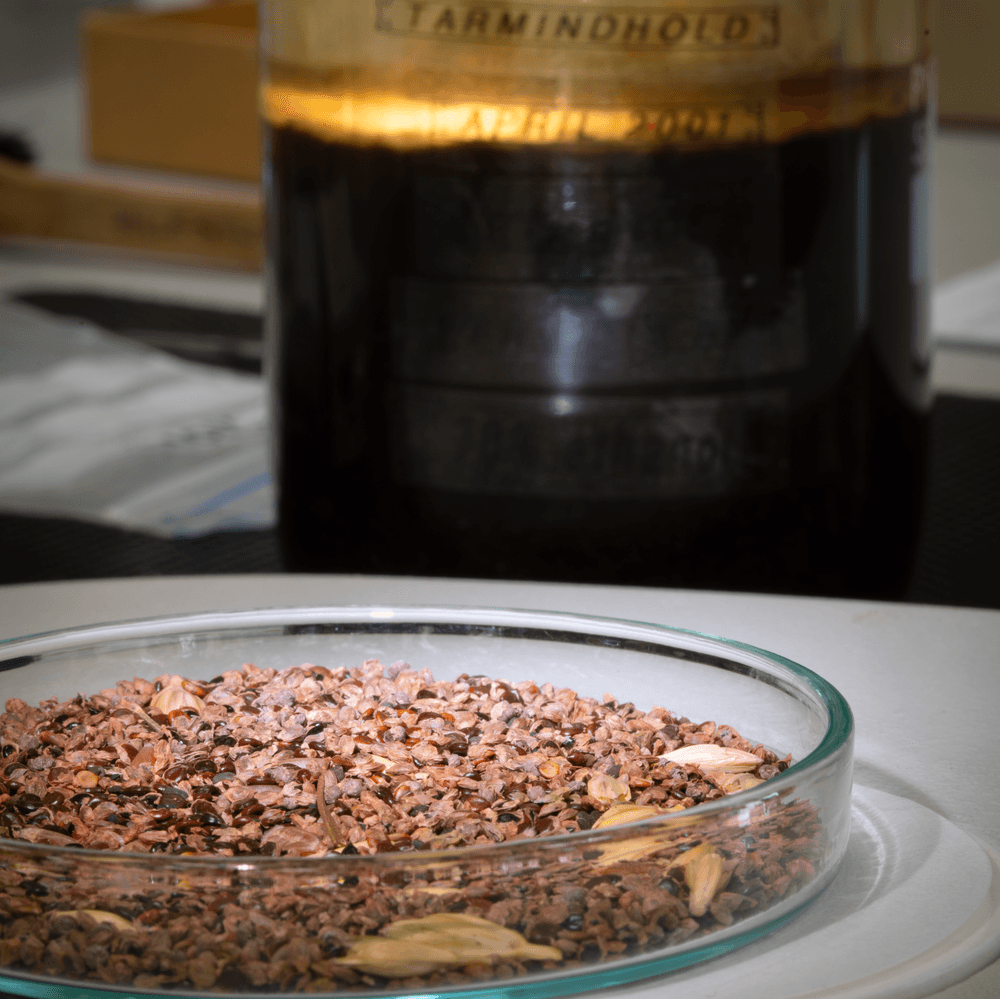
The world of the Grauballe Man
After the discovery of the Grauballe Man, archaeologist and professor P. V. Glob proposed a theory:
Europe’s bog bodies were offerings to the gods. Archaeological finds and Roman accounts of the “wild tribes” of north-western Europe indicate that human sacrifice took place in Iron Age Europe during the first millennium BC.
About the Celts:
“Among the Celts it is customary to offer human beings as sacrifices to the gods.” – Diodorus Siculus, Bibliotheca Historica, c. 50 BC
“They believe that the divine power of the gods cannot be appeased unless a human life is given in exchange for another. Therefore, they have public sacrifices of this kind.” – Gaius Julius Caesar, De Bello Gallico, 50 BC
“It was also customary to perform human sacrifices and to dedicate men to the gods in times of great danger.” – Strabo, Geographica, c. 7 BC – AD 25
About the Germanic peoples:
“Traitors and deserters they hang from trees, but cowards, the unfit for war, and the dishonoured they drown in mud and bogs, after covering them with wickerwork.” –Tacitus, Germania, c. AD 98
We should, however, read the Roman and Greek sources with caution: they had political motives for portraying the Celtic and Germanic tribes as barbarians.
Even so, modern research confirms that many bog bodies were indeed ritual sacrifices – people who were executed and offered to the gods.

Above all, the Grauballe Man is a human being …
